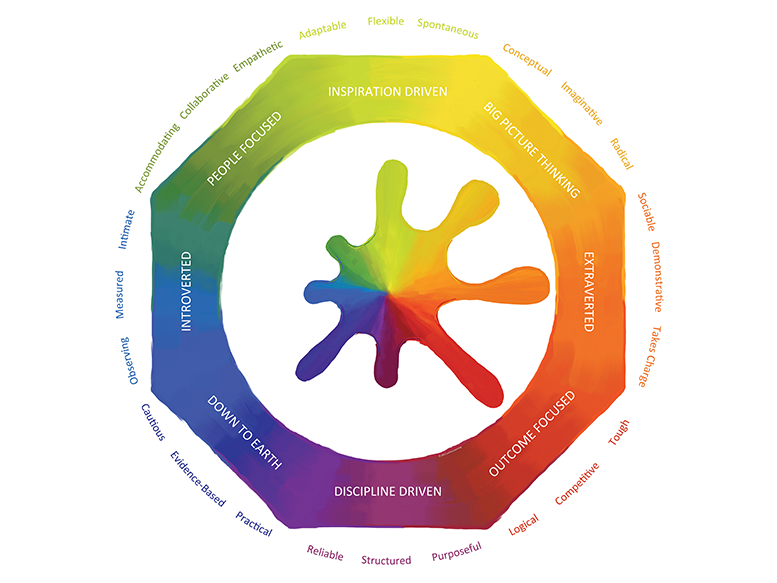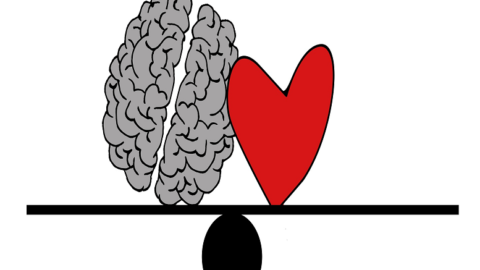One of my roles as an executive coach is to help people become very clear about what it means to be a leader. In our fast and frenzied corporate environments, many people in leadership roles – even those who have held them for a long time – have never had the opportunity to pause and assess who they are, how they lead, and the difference between managing and leading.
Warren Bennis famously said, “Managers are people who do things right. Leaders are people who do the right thing.” Think for a moment about what you do and how you behave in your leadership role. Are you managing or leading? Here are 6 ways to tell.
Role definition. Managers base their power on authority. Leaders base their power on personal influence.
Goal setting. Managers focus on goals that relate to continuity and optimization of resources. They prefer stability, and like to check the boxes to show that things are getting done. They work toward an outcome of employee compliance. Leaders, on the other hand, seek out situations of change and uncertainty. Their goals focus on improvement and innovation. Their desired outcome is employee commitment.
Planning and execution. Managers place the emphasis on tactics, logistics and maintaining focus on the ultimate goal. They direct their people to achieve that goal by clarifying objectives, coordinating and establishing a reward system. Leaders are most concerned with seeing the big picture and then creating a well-thought out strategy to achieve the end goal. They lead their people to achieve that goal by coaching and inspiring them, and by role modeling.
People care. Managers tend to make their staffing decisions based primarily on qualifications. Leaders balance qualifications with other qualities, including cultural fit, development potential and the opportunity to create a shared vision. A Manager’s approach to performance evaluation is a framework of rewards and discipline. A Leader’s approach is to provide coaching, support and the opportunity for development. Managers are concerned with having enough staff to meet current organizational needs. Leaders consider and plan for organizational needs today and into the future.
Attitude toward change. Managers implement change by translating the vision. Leaders see change as a reason for existence.
Definition of success. Managers define success as a maintenance of quality, efficiency, stability and consistency. Leaders define success as employee commitment, mutuality and trust, and personal and organizational effectiveness.
So, are you managing or leading?
Till next time,
Karen









